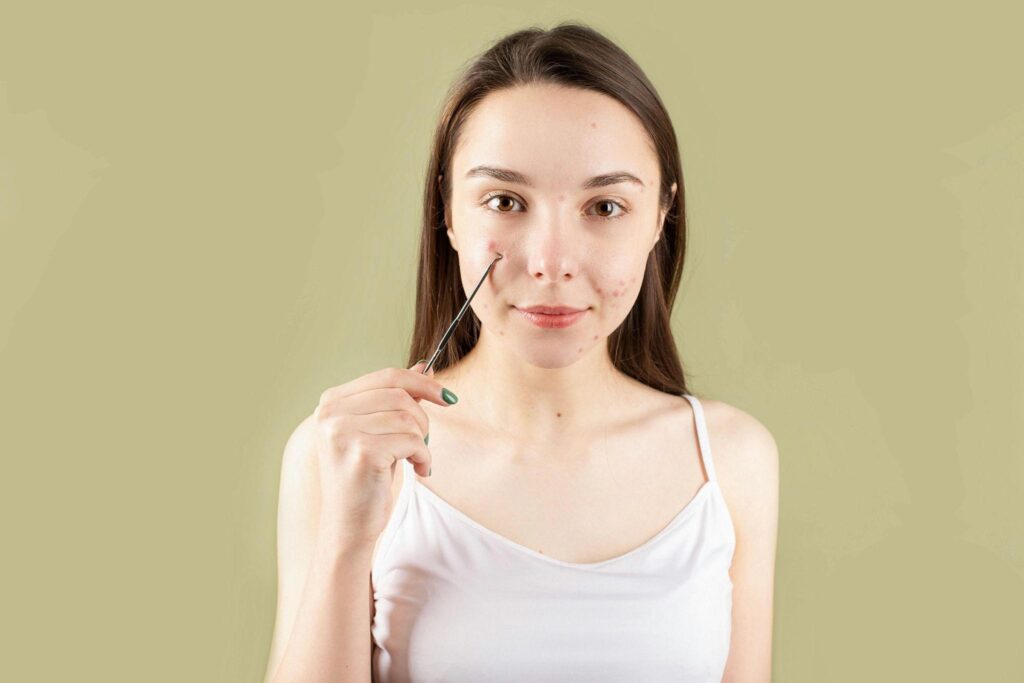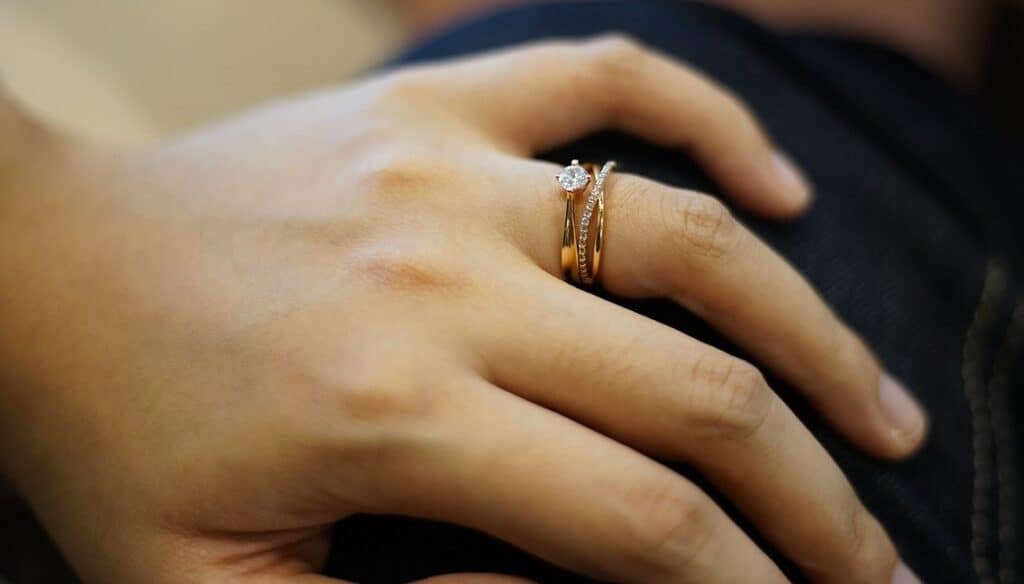
Acne is one of the most common skin concerns, affecting people of all ages. Whether you experience occasional breakouts or persistent acne, finding the right treatment is essential for clear, healthy skin. Two of the most popular acne-fighting ingredients are salicylic acid and benzoyl peroxide, both known for their ability to target breakouts, reduce inflammation, and prevent future pimples.
But which one is better for your skin type? Should you choose salicylic acid, benzoyl peroxide, or both? In this article, we will compare salicylic acid and benzoyl peroxide, their benefits, potential side effects, and how to incorporate them into your skincare routine. We will also explore how Sum 37 and Ampoules Skincare Solutions can complement your acne treatment for even better results.
Understanding Salicylic Acid: How It Works for Acne
Salicylic acid is a beta hydroxy acid (BHA) that is derived from willow bark. It is oil-soluble, which means it can penetrate deep into pores, dissolving excess oil and dead skin cells that lead to acne.
Benefits of Salicylic Acid for Acne




Best for
- Mild to moderate acne
- Blackheads and whiteheads
- Oily and combination skin
Pro Tip: If you have sensitive skin, start with a lower concentration (0.5 to 2 percent) and apply it only once a day to prevent dryness.
Understanding Benzoyl Peroxide: How It Fights Acne
Benzoyl peroxide is a powerful antibacterial agent that targets acne-causing bacteria (P. acnes). Unlike salicylic acid, which works by unclogging pores, benzoyl peroxide directly kills bacteria and reduces inflammation.
Benefits of Benzoyl Peroxide for Acne




Best for
- Moderate to severe acne
- Inflamed, red pimples
- Cystic acne (in deeper layers of the skin)
Pro Tip: Start with a low concentration (2.5 to 5 percent) to reduce irritation and gradually increase usage if your skin tolerates it well.
Can You Use Salicylic Acid and Benzoyl Peroxide Together?
The short answer is yes, but with caution. While both ingredients are effective against acne, using them together can lead to excessive dryness and irritation.
How to Safely Combine Salicylic Acid and Benzoyl Peroxide:



Pro Tip: If your skin becomes red or irritated, reduce usage to every other day until your skin adjusts.
How to Incorporate These Ingredients Into Your Skincare Routine
Salicylic Acid Routine (Best for Blackheads & Oily Skin)
- Cleanse – Use a gentle cleanser like Sum 37 to prepare your skin.
- Apply Salicylic Acid – Use a toner or serum containing salicylic acid.
- Moisturize – Always follow up with a lightweight, non-comedogenic moisturizer.
- Sunscreen (Morning Only) – Protect your skin with SPF to prevent sensitivity.
Benzoyl Peroxide Routine (Best for Red, Inflamed Acne)
- Cleanse – Use a hydrating, non-drying cleanser.
- Apply Benzoyl Peroxide – Use a spot treatment on active pimples.
- Moisturize – Hydrate your skin to prevent excessive dryness.
- Night Routine Only – Avoid using benzoyl peroxide in the morning, as it can cause sun sensitivity.
Pro Tip: Using hydrating products like Ampoules Skincare Solutions can prevent excessive dryness from acne treatments.
Side Effects and Precautions
Both salicylic acid and benzoyl peroxide can cause side effects, especially when first introduced into a routine.
Common Side Effects


How to Minimize Side Effects




Pro Tip: If you experience severe redness or burning, stop using the product and consult a dermatologist.
Which One Should You Choose?
Choose Salicylic Acid If



Choose Benzoyl Peroxide If



Pro Tip: If you are unsure, start with salicylic acid first, as it is generally gentler and more beginner-friendly.
Conclusion
Both salicylic acid and benzoyl peroxide are effective acne treatments, but choosing the right one depends on your skin type and acne severity.
Key Takeaways




No matter which ingredient you choose, consistency and patience are key. Acne treatments take time to work, so be gentle with your skin and find a routine that works for you.







